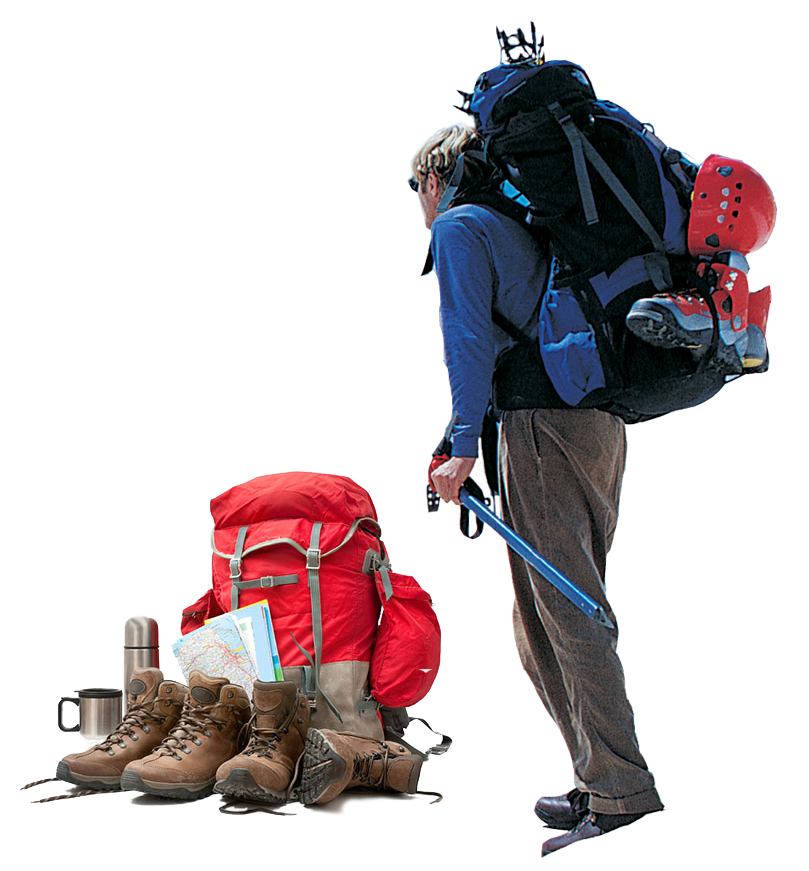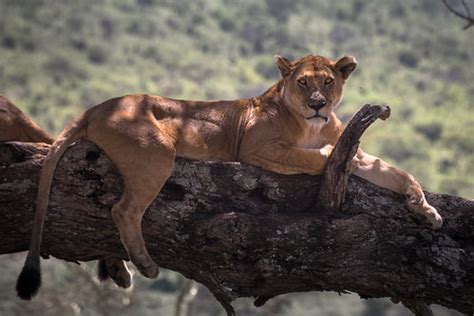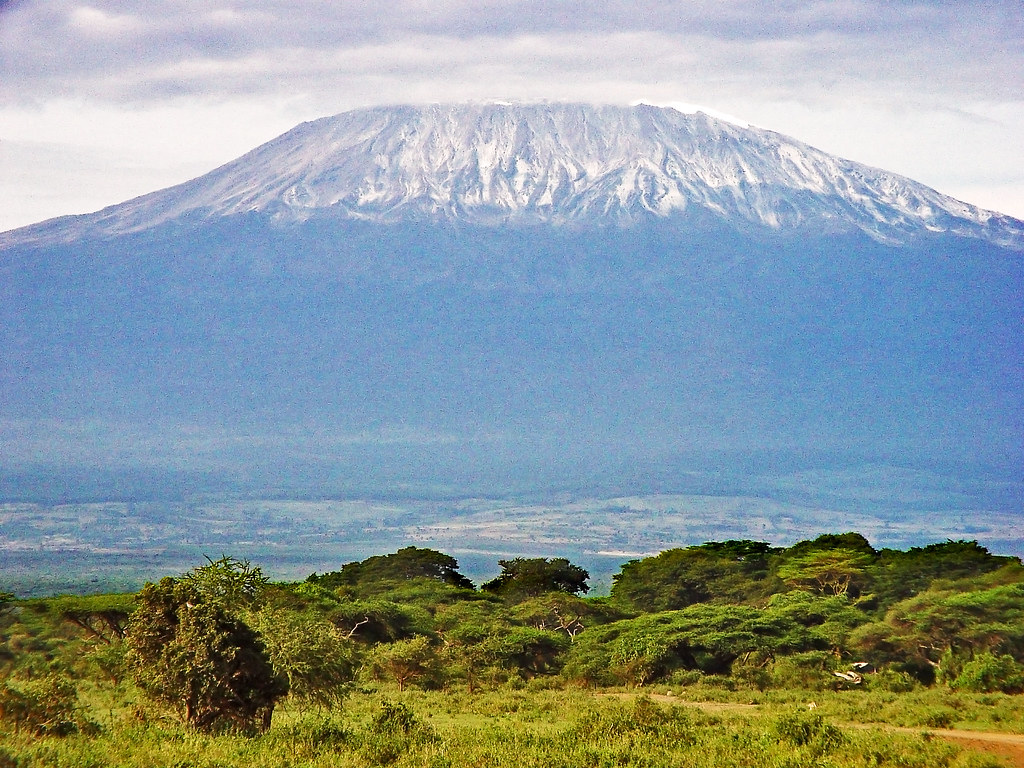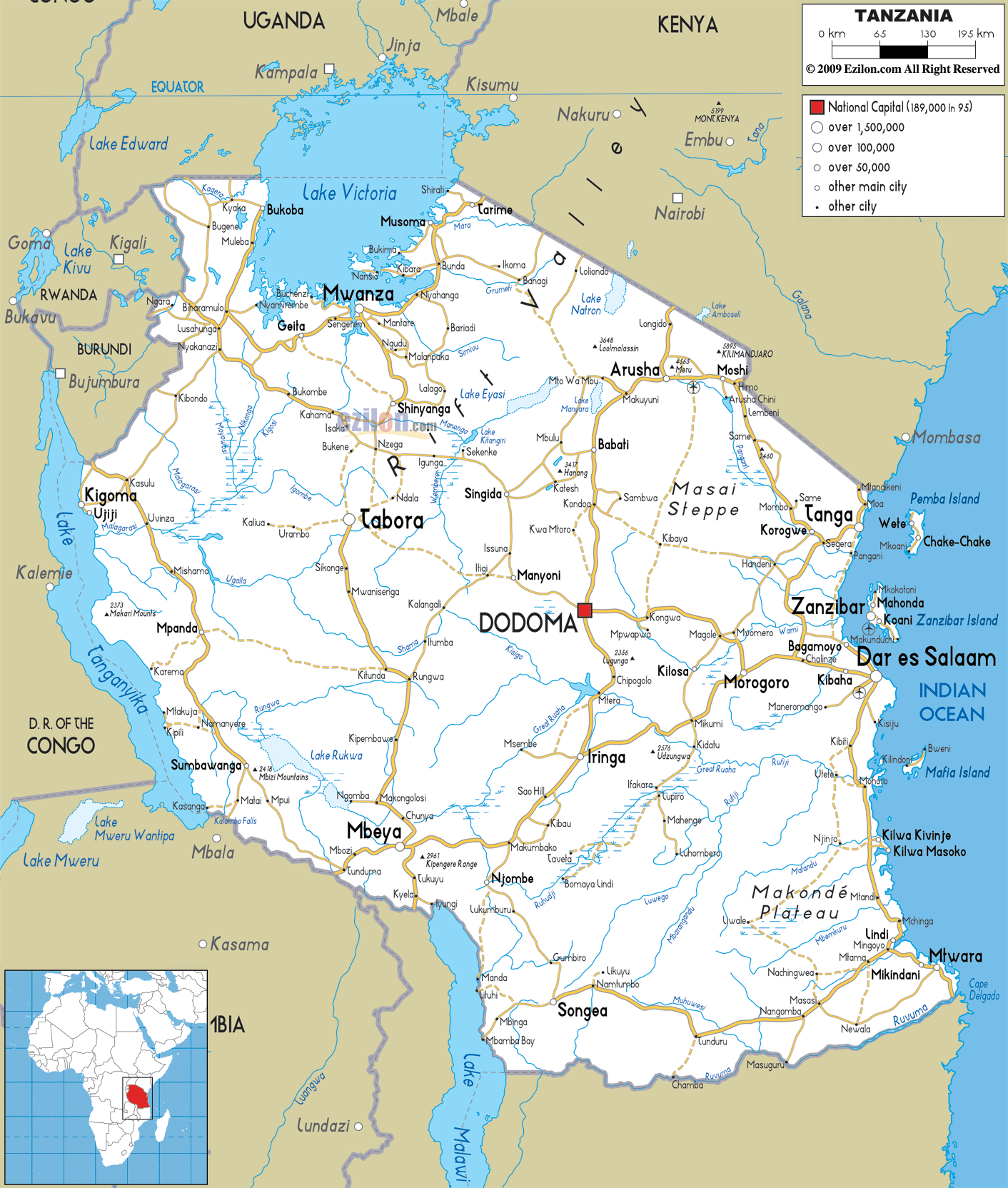Can Beginners Climb Kilimanjaro?
If reaching the summit of Mt. Kilimanjaro isn't already at the top of your bucket list, it should be. This African gem, located in Tanzania, is the highest peak of the entire continent, and climbing to the top of its staggering 19,341-foot-high summit is guaranteed to take your breath away and make your jaw drop.
Perfect for Beginners
Kilimanjaro is a great mountain for first-time climbers, and with proper preparation and physical fitness, beginners may succeed in summiting the highest peak in Africa. Kilimanjaro is not a technical hike and is perfectly suitable for beginners with little or no experience. The most difficult part of the climb is dealing with altitude and camping conditions.
To prepare you with everything you need to know for your trip, we have created this detailed guide to take you through each stage of getting you up to the summit. Keep reading to learn more about the essentials of climbing up the world's tallest, free-standing mountain.
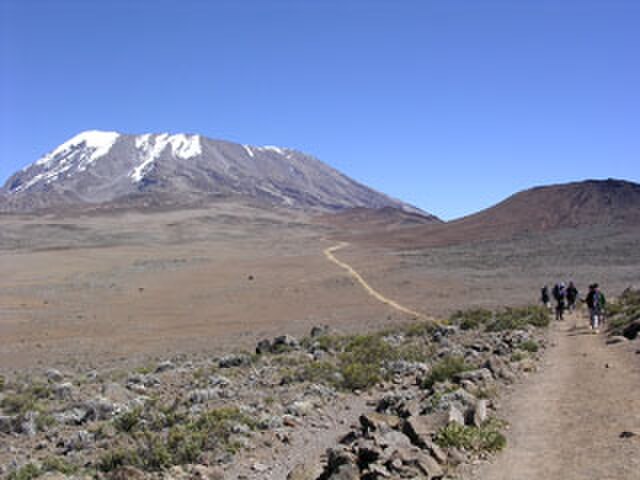
Mount Kilimanjaro offers an achievable yet challenging adventure for climbers of all experience levels
Requirements for Climbing Mt. Kilimanjaro
Although the climb up Mt. Kilimanjaro is accessible to almost all tourists, there are a few requirements you need before you can join a tour or attempt a trek up the mountain. The following requirements are primarily for the safety of yourself and others traveling with you.
Skill Level and Age
If you are new to mountain climbing or tackling Mt. Kilimanjaro, there's no need to worry. Although the climb to the mountain's summit is a multi-day, high-altitude trek, you do not necessarily have to be trained in climbing to get to the top, especially with a tour guide helping you.
Age Requirement
Only those over the age of 10 can embark on this climb. At the right time of year, the terrain and trail conditions are smooth enough for most committed hikers to reach the peak.
Essential Gear
Having quality gear you can rely on for dramatic weather changes will be essential on your trek. You can expect extreme heat, followed by heavy rains (depending on the time of year you travel), and nighttime temperatures dropping to below freezing—often experienced within a single day.
Sleeping Equipment
-20 Degree Sleeping Bag and Sleeping Pad for cold mountain nights
Trekking Gear
Trekking Poles and quality Hiking Boots for stability and comfort
Winter Clothing
Insulated Trekking Gloves, Pants, and Winter Jacket for extreme conditions
Backpacks
70 Liter Main Rucksack and 30-40 Liter Day Pack for gear organization
Complete Gear List
For our complete gear recommendation, check out our detailed Kilimanjaro Gear List that covers everything you need for a successful climb.
Tour Guide Support: Most tour guides will carry heavy equipment necessary for the trek, such as tents, chairs, and tables. Be sure to check with your tour guide operator before your trip about the necessary equipment you'll need to supply on your own.
Booking a Kilimanjaro Guide
If you want to successfully climb up one of the world's tallest mountains—especially on your first try—it's worth booking a local tour agency to help guide you along the way. Climbing to an altitude of nearly 6,000 meters is no picnic but can be accomplished by most hikers with the assistance of a guide that knows the terrain and local environment.
What Expert Guides Provide:
The terrain and trail conditions of multi-day treks vary—especially on Kilimanjaro. Having a guide who knows how to approach each evolving landscape will assure you that you are prepared for anything.
The weather on Mt. Kilimanjaro will vary dramatically. Having the insight and experience to approach the contrasting conditions on your way up to the summit will be vital for success.
Professional guides provide consistent safety checks throughout the expedition to monitor health-risks such as altitude sickness, fatigue, and other mountaineering protocols.
Choose Professional Operators
Finding a reliable tour agency can be a challenge, with many tour operators having a summit success rate of a mere 50%. Make sure you do your research and book with a trusted and professional tour operator with a high summit success rate. Look for a guide from a professional tour operator that is a certified Wilderness First Responder (WRF).
Traveling to Mt. Kilimanjaro
The first step to getting you to Mt. Kilimanjaro's top is to fly into Tanzania, Africa. While there are several different airports in the country, the most direct and practical airport that will get you closer to your destination is Kilimanjaro International Airport.
This is particularly convenient if your sole purpose for flying into Africa is to climb Mt. Kilimanjaro, as the airport was essentially established for easy access to the mountain.
Alternative Airport: If your journey happens to entail several stops around Tanzania, flying into the country's largest airport, Julius Nyerere International Airport, is a good alternative.
Transportation Support
Many tour operators will go out of their way to make your trip to Kilimanjaro as comfortable and hassle-free by offering transportation to and from the airport. Once you have arrived, you will likely need a place to stay near Kilimanjaro—before and after your trek.
When It's Best to Climb Mt. Kilimanjaro
One of the great things about climbing Kilimanjaro is that it is open all year-round, making it a versatile destination for your next big hike. However, certain times of the year are much more suitable for climbing than others.
Peak Climbing Seasons:
January – Early March
Best for dry conditions: If you want to stay dry as you make your way to Mt. Kilimanjaro's summit, booking a tour during this time of year is ideal. Not only is the weather agreeable, but you'll find that there's less trail traffic as well.
June – September
Most stable weather: You can expect to find some of the most stable weather conditions during this time of year, which is a major reason it tends to be the most popular time to take on the mountain among tourists. We recommend booking your tour closer to June, as the likelihood of rain increases toward the fall season.
Off-Season Considerations:
The gaps between the seasons mentioned above are considered the "off-season months" (April-May and October-November). However, the trails are still technically open should you decide to make the journey during these times.
- Weather: Rain will be more prevalent, so be prepared to get wet and pack accordingly
- Trail Conditions: Heavy rains damage the trails, creating mud that amounts to a more strenuous trek
- Visibility: Weather conditions can hinder the views and photography opportunities
Weather Reality Check
Regardless of the time of year you visit Mt. Kilimanjaro, you should be prepared for extreme weather changes from day to night—with polarized daily climates often transitioning from intense heat to below-freezing cold.
Mt. Kilimanjaro Routes to the Summit
When you choose Mt. Kilimanjaro as your next destination, you will find you have a handful of different routes to pick from to climb to the peak. All paths available will give you incredible breathtaking views but can differ in terrain, difficulty level, and comfort.
Marangu Route
Coca-Cola RouteThe oldest path to Mt. Kilimanjaro's top, offering the easiest and most comfortable experience with designated dormitory huts for sleeping. Perfect for beginners and first-time climbers.
Machame Route
Whiskey RouteA step-up in difficulty from the Coca-Cola Route and the most popular way to reach the mountain peak. Offers a more rugged experience with tent camping throughout the journey.
Lemosho Route
Scenic RouteOne of Kilimanjaro's newer routes offering contrasting views and praised as the most beautiful way up to the summit. More challenging but incredibly rewarding with stunning scenery.
Rongai Route
Remote RouteApproaches from the opposite side of the mountain with significantly less foot traffic. More remote with undisturbed nature and wildlife, perfect for a second Kilimanjaro trip.
Umbwe Route
Challenge RouteThe most challenging way to the summit requiring peak physical fitness. Fewer crowds due to difficulty level, offering a tough journey for ambitious and experienced trekkers.
Route Recommendations
For Beginners: Marangu Route (most comfortable) or Lemosho Route (best acclimatization)
For Experienced Hikers: Machame Route (most popular) or Rongai Route (less crowded)
For Challenge Seekers: Umbwe Route (most difficult)
Final Safety Tips for Climbing Kilimanjaro
Even if you have all the gear and meet all the requirements for starting your climb up Mt. Kilimanjaro, you still need to know a few safety protocols to ensure you have a safe journey. Having an experienced tour guide by your side is encouraged as they'll have all the necessary emergency equipment.
Pace Yourself
When you are hiking, especially on multi-day, high-altitude treks, remember that it is a marathon, not a race. Taking your time and not being in a rush can help you avoid fatigue. Remember, it's the journey, not just the destination!
Take Frequent Breaks
It's much better to stop, take a breath, and relax throughout the day to keep yourself from burning out. This becomes increasingly important as you get closer to the summit, where the air becomes thinner and altitude sickness risks increase.
Acclimatize Properly
If you can acclimate to higher altitudes before beginning your trek, you will feel more fit and prepared. An excellent way to do this is to arrive at your destination a couple of days earlier and condition yourself with some day hikes.
Stay Hydrated
There is probably nothing more important than staying hydrated on your Kilimanjaro climb. Frequently drink water throughout the day and while resting in the evening. Proper hydration helps prevent altitude sickness and maintains energy levels.
Professional Safety Support
Professional guides provide emergency oxygen, pulse oximeters, and other safety equipment. They perform regular safety checks and monitor for altitude sickness symptoms. Personal vigilance combined with professional support ensures the safest possible climbing experience.
Ready to Conquer Kilimanjaro?
If you are interested in climbing Mt. Kilimanjaro in Tanzania, Africa, you will be happy to hear that the experience is open to just about everyone. You just have to be prepared. By following the tips offered above, you'll be ready to cross climbing Mt. Kilimanjaro off your bucket list in no time!
With proper preparation, the right gear, experienced guides, and a positive mindset, reaching the summit of Africa's highest peak is an achievable dream for beginners and experienced climbers alike. The journey to Uhuru Peak will challenge you physically and mentally, but the rewards—stunning views, personal accomplishment, and unforgettable memories—make every step worth it.
Expert Recommendation
Start planning your Kilimanjaro adventure at least 3-6 months in advance. This gives you time for physical preparation, gear acquisition, and mental preparation. Choose a reputable tour operator with experienced guides and high success rates. With Wildman Safaris, you'll have expert support every step of the way to ensure your Kilimanjaro dream becomes a reality.
